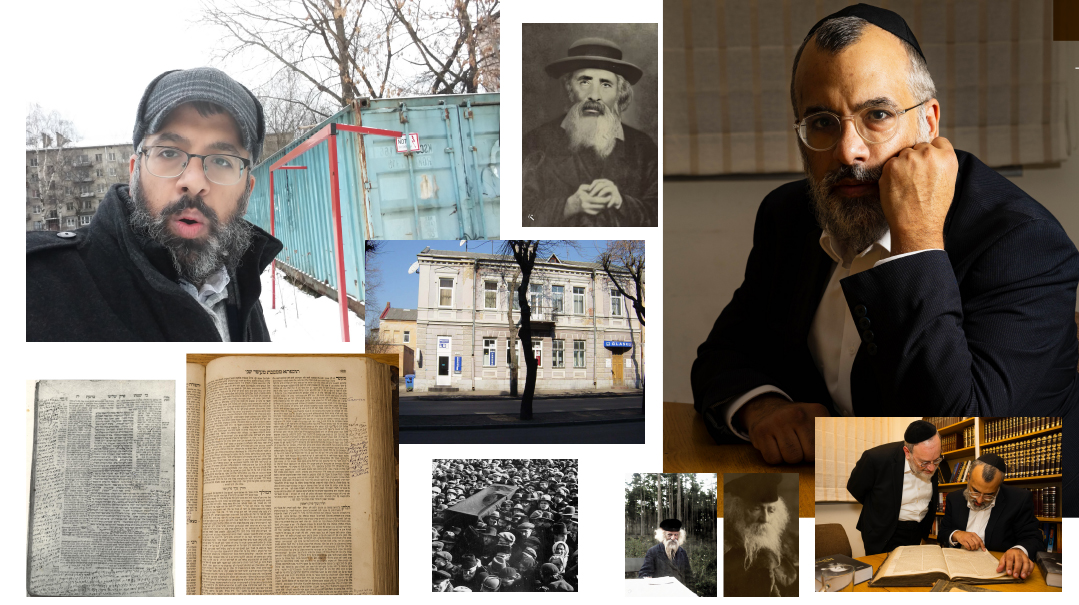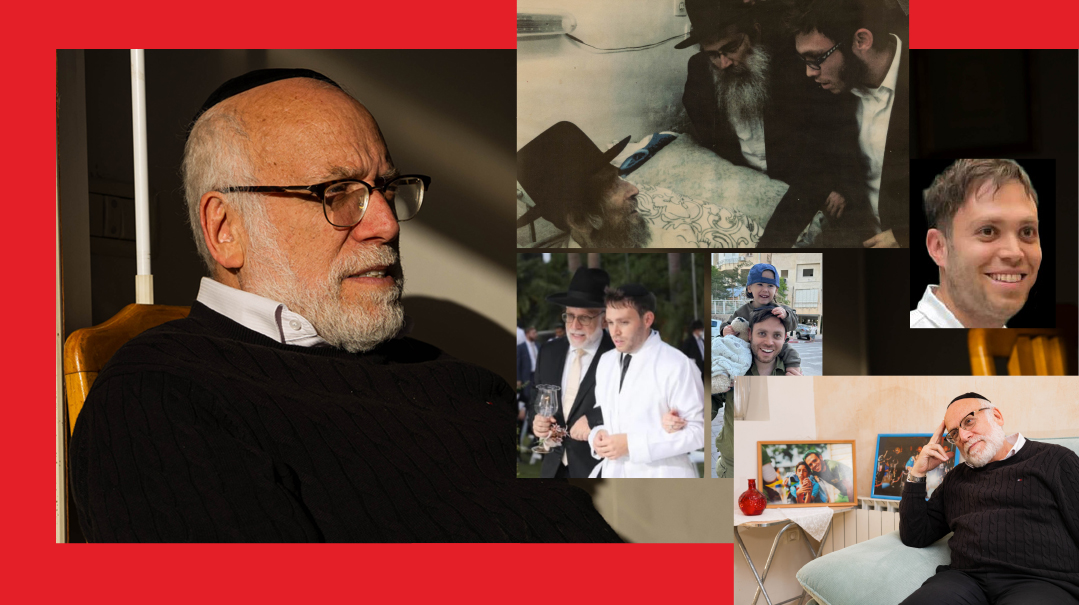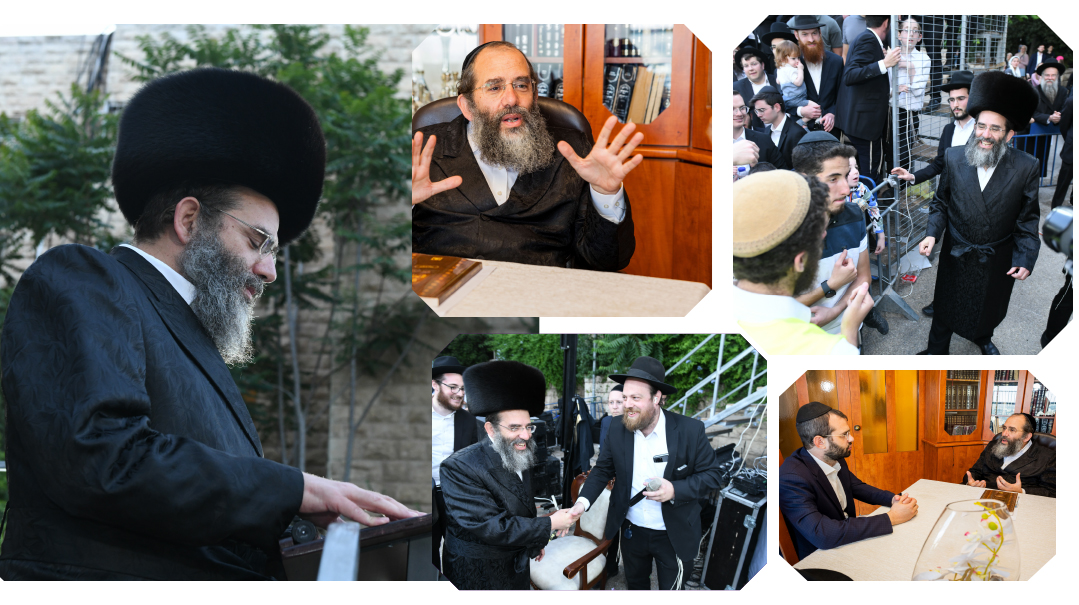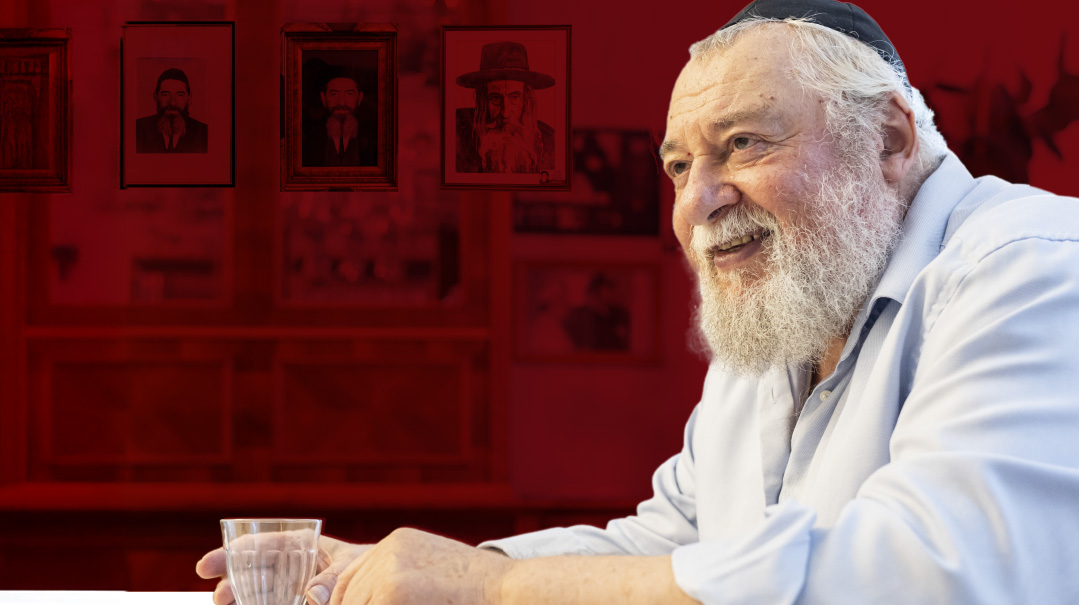Strokes of Genius
| December 24, 2024Yair Borochov’s decades of sleuthing brought the Rogatchover to life

Photos: Elchanan Kotler, Personal archives
Rabbi Yair Borochov, who recently released the only full-length biography of the Rogatchover Gaon, turned into a veritable detective when it came to locating people who knew the Gaon, as well as sleuthing through yellowed press releases, old Russian storehouses, and shul basements to uncover manuscripts, seforim, photos, and documents that would help him build a comprehensive portrait of one of the greatest minds who ever lived
During a typically freezing winter in a major Russian city, Rabbi Yair Borochov was handed a lead he’d been anticipating for decades. Researching the life of the Rogatchover Gaon since his teenage years, Rabbi Borochov — author of the newly-released first full-length biography of the Rogatchover — knew that somewhere in Russia, there were still seforim having belonged to the Gaon, in the margins of which he wrote reams of commentary during his nonstop Torah study.
Tracing the Rogatchover’s vacation practices, Rabbi Borochov learned that the Gaon would generally leave his seforim, with their pages filled with his brilliant chiddushim, wherever he happened to vacation during that summer. At times the Gaon would even attach his own glosses to the seforim he had picked up in the local shuls. Reb Yair had managed to trace the Rogatchover’s dachas through notices in the Yiddish press of the time, which would update its readership with every significant move of the Gaon; his plan was to try to locate the local shuls in those areas.
While sitting in his hotel room in one of the Gaon’s chosen vacation spots, Reb Yair received permission to look through the crates of a local shul that had amassed a collection of seforim from many now-defunct shuls in the region. The only problem was that due to renovations, the shul packed its massive collection of old seforim into two large shipping containers that were being kept in a forest at the outskirts of the city.
The opportunity was too good to pass up, but how would Rabbi Borochov, a warm-weather Israeli from Kiryat Malachi, manage to sift through piles and piles of seforim in extreme weather conditions, when the outdoor temperature was minus 30 degrees Celsius (minus 22 degrees Fahrenheit), and the temperature inside the steel containers was closer to minus 50?
Not one to give up on a lifelong dream, Reb Yair prepared himself with goggles to protect his eyes and Russian-grade gloves, but he soon discovered that it was impossible to stay inside the freezing container for more than a few minutes at a time. And so, he created a system where he would enter the container for short spurts, during which he’d quickly leaf through the sefor
im trying to spot the Rogotchover’s distinctive writing, which he’d instantly recognize.
And suddenly, upon flipping pages of a large volume of Shas, Reb Yair immediately spotted handwritten glosses of the Rogatchover in the margins of the Tosefta that appears at the very end of each Tractate. He immediately gathered up his precious find and headed back home to Eretz Yisrael, where the Gemara is stored in a guarded suitcase. Reb Yair got another prize as well: As is common in some chassidic circles, hairs from one’s beard are not discarded, but kept inside seforim, and Reb Yair found several strands of the Gaon’s famously abundant hair on the very pages where he wrote his glosses.
Oops! We could not locate your form.






